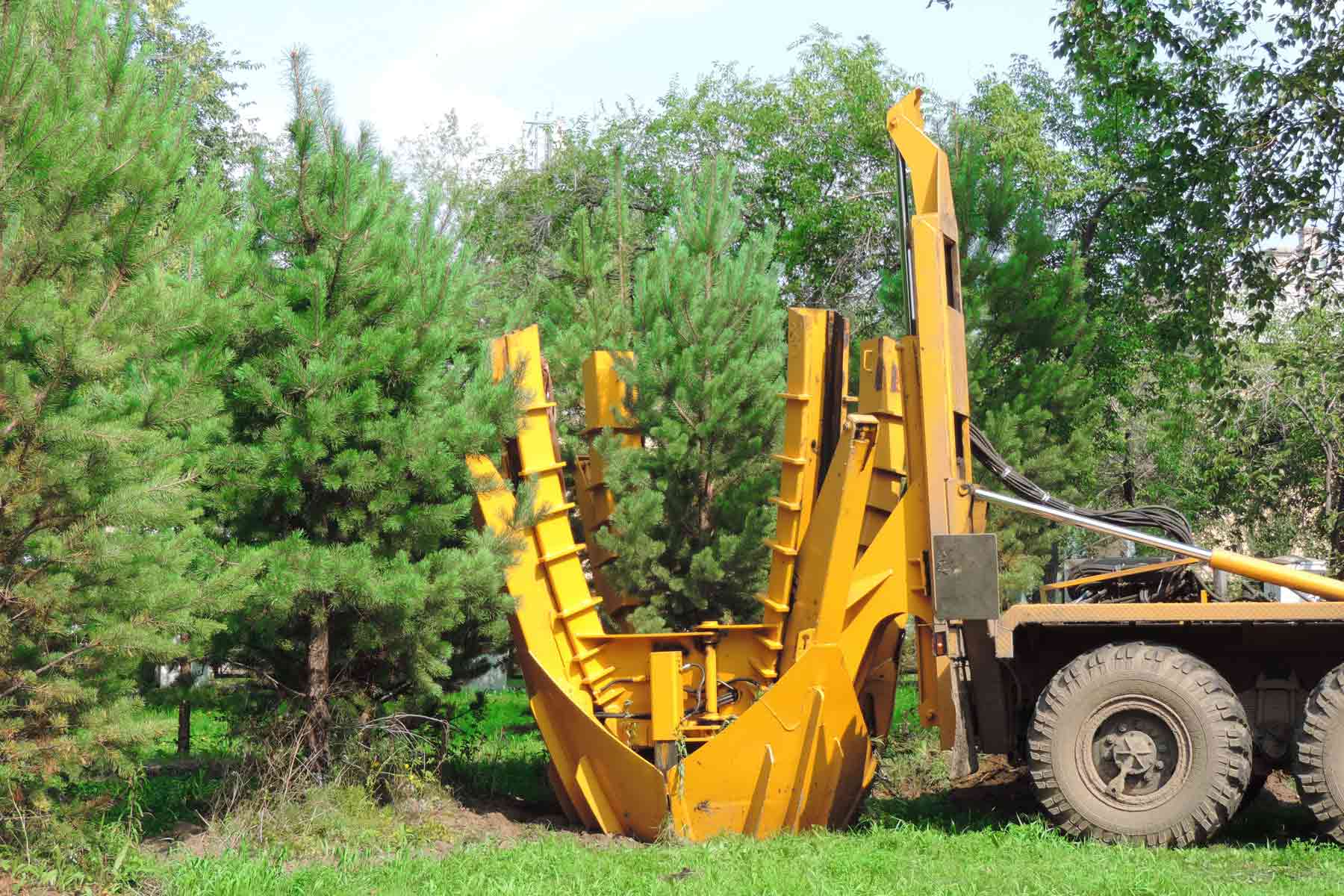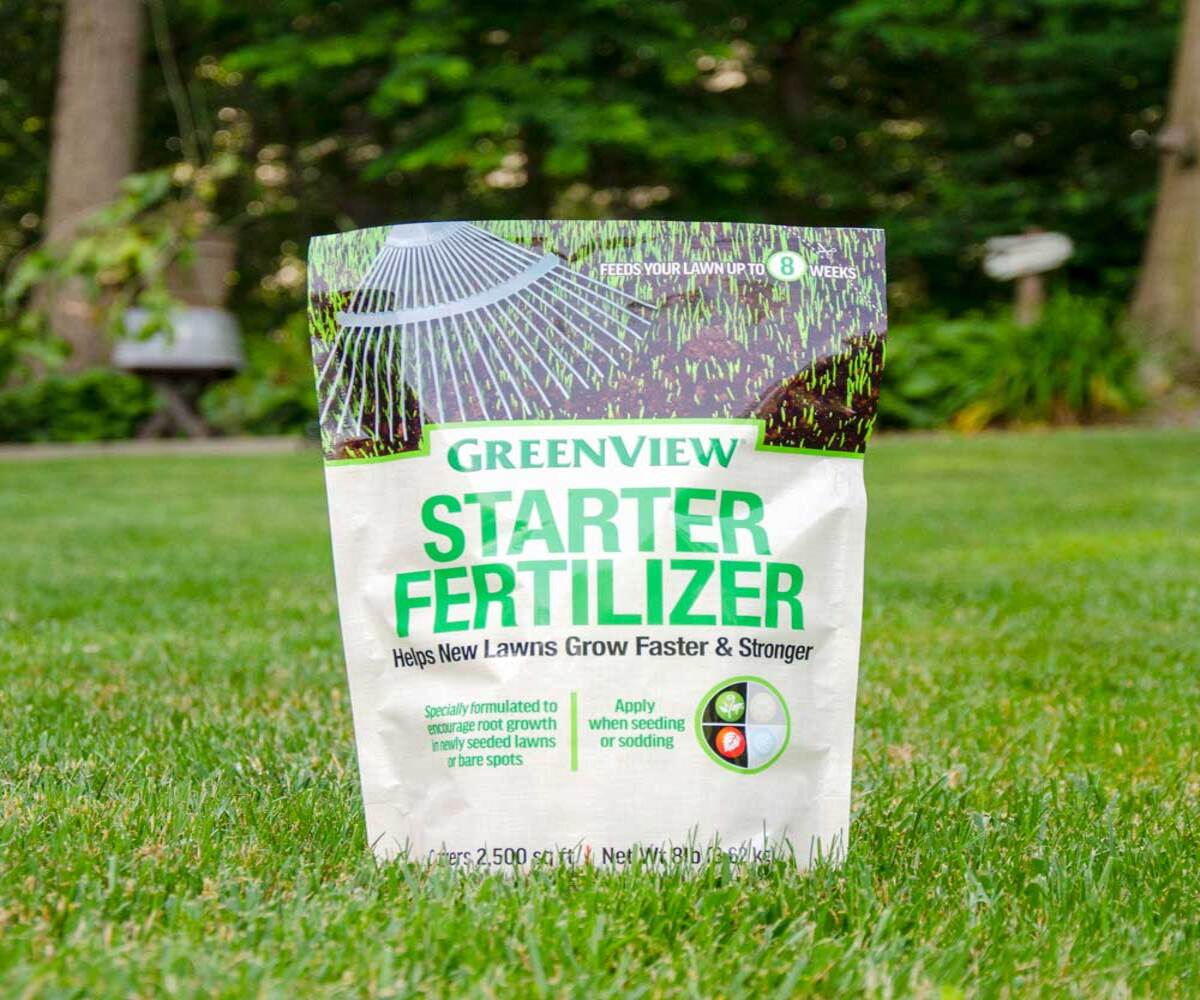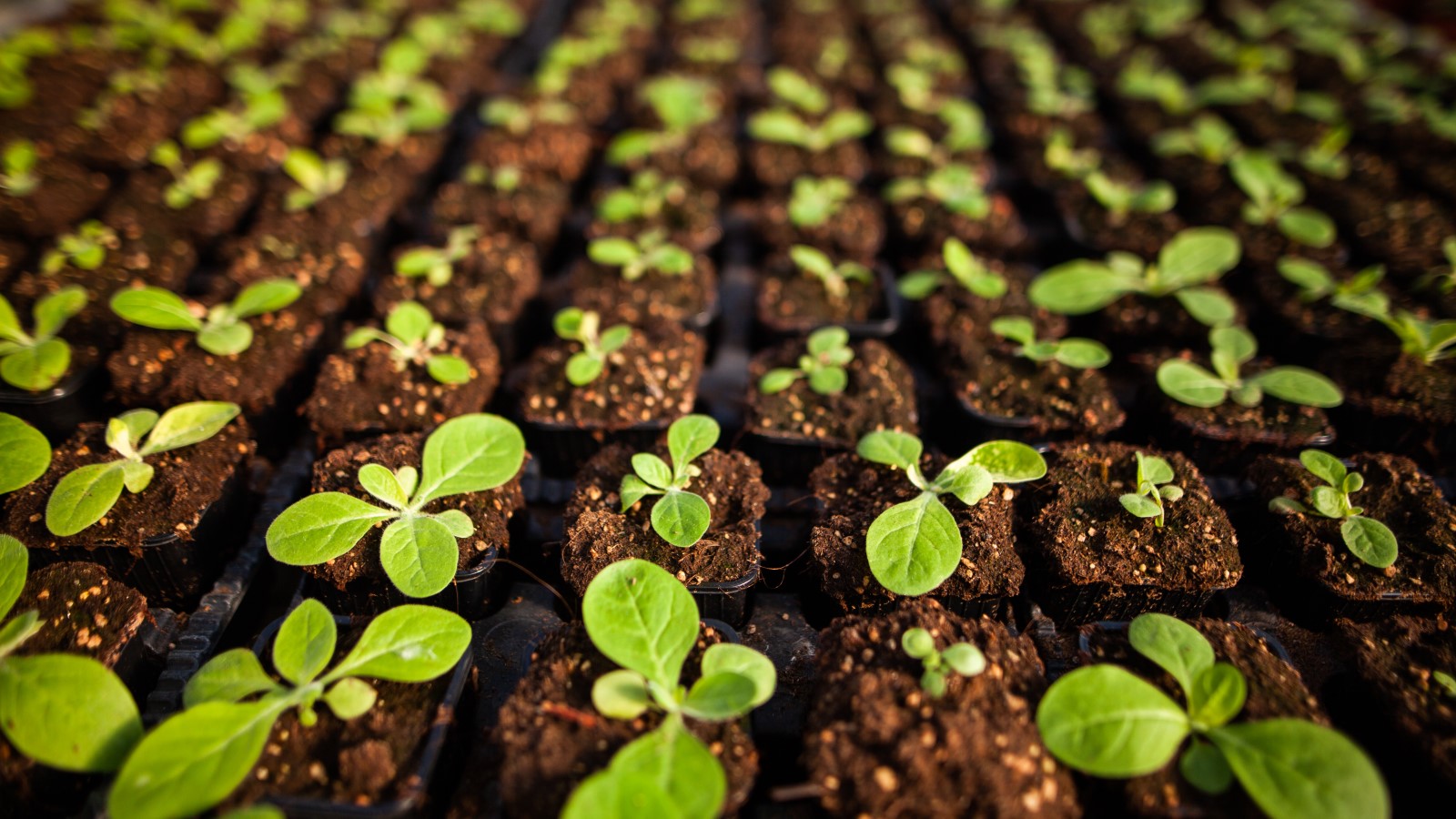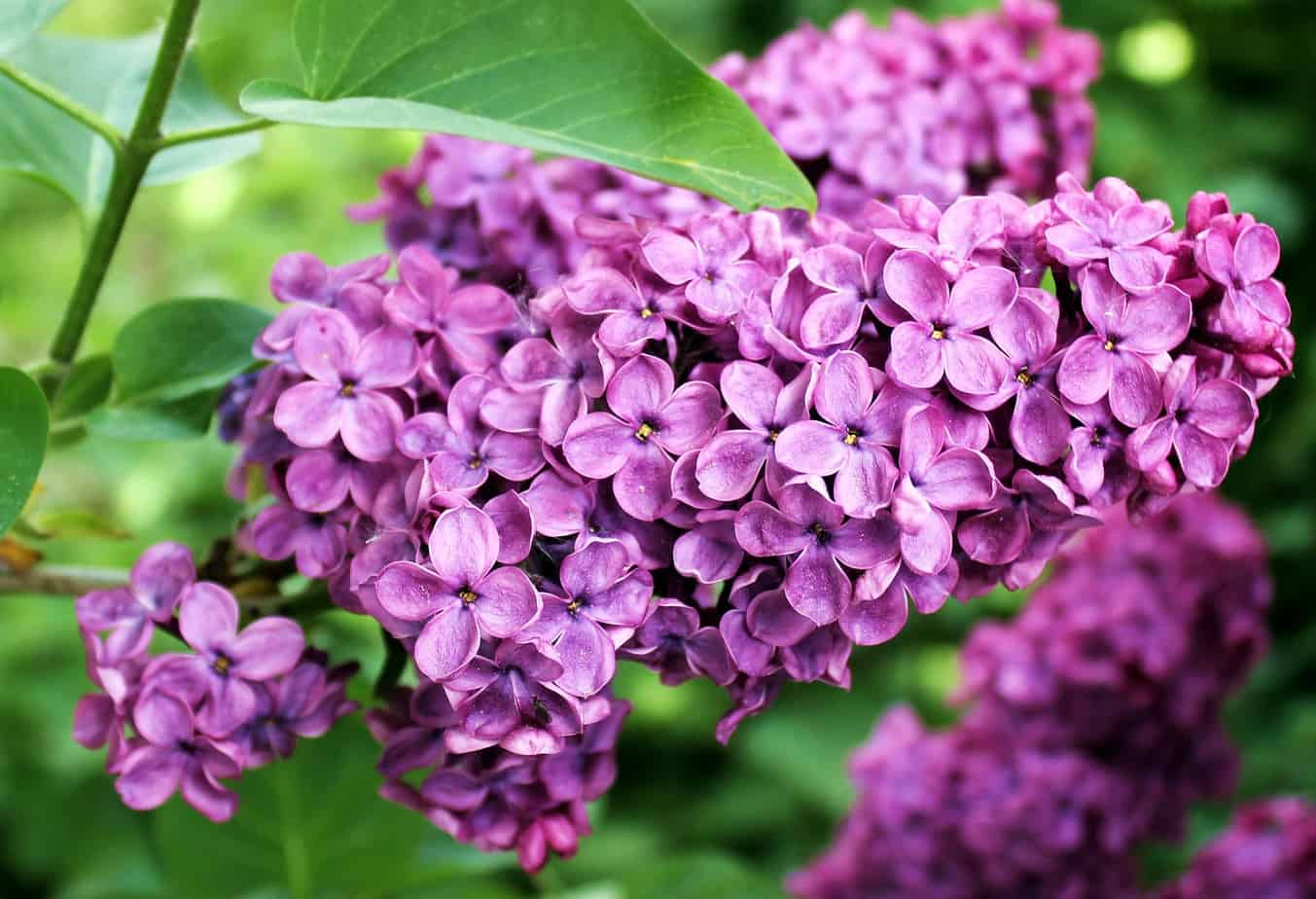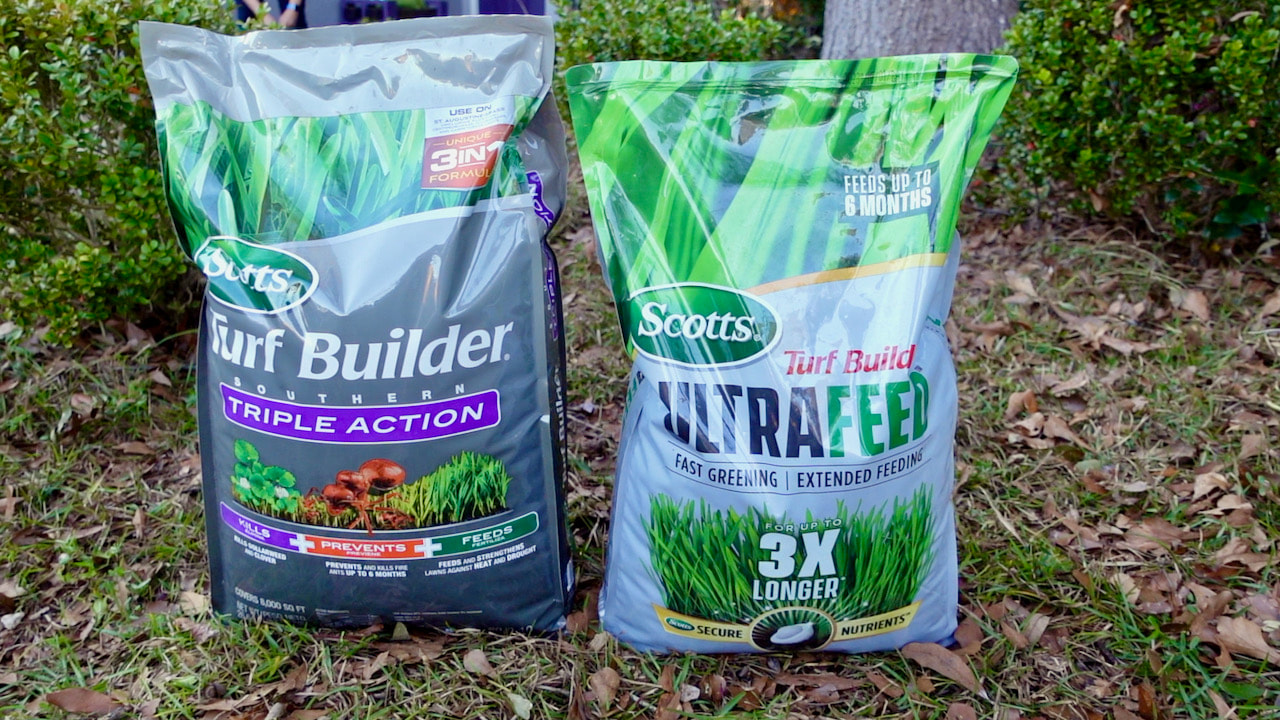Home>Gardening Techniques>Plant Care>When To Fertilize Pecan Trees


Plant Care
When To Fertilize Pecan Trees
Modified: February 7, 2024
Want to know when to fertilize your pecan trees? Learn all about pecan tree plant care and when to apply fertilizer for optimal growth and yield.
(Many of the links in this article redirect to a specific reviewed product. Your purchase of these products through affiliate links helps to generate commission for Chicagolandgardening.com, at no extra cost. Learn more)
Table of Contents
Introduction:
Welcome to the world of pecan trees! Whether you are a seasoned gardener or embarking on a new horticultural journey, understanding how to care for pecan trees is crucial for their health and productivity. One essential aspect of pecan tree care is fertilization.
Pecan trees, scientifically known as Carya illinoinensis, are majestic and valuable trees that belong to the hickory family. They are native to North America and are prized for their delicious nuts and beautiful foliage. These trees can live for several decades, with some specimens reaching over 100 years old.
Proper fertilization plays a pivotal role in ensuring the optimal growth, health, and productivity of pecan trees. When done correctly, it provides the necessary nutrients that pecan trees need to thrive and bear abundant crops of tasty nuts.
While pecan trees can survive with minimal care, regular fertilization can significantly enhance their growth and yield. However, it is essential to understand the right time to fertilize, the types of fertilizers to use, and the proper technique to ensure the best results.
In this article, we will delve deeper into the intricacies of fertilizing pecan trees. We will explore the factors to consider before fertilization, the types of fertilizers available, and the optimal time to fertilize. By understanding the importance of fertilization and implementing the right practices, you can promote the health and longevity of your pecan trees.
Understanding Pecan Trees:
Before diving into the topic of fertilizing pecan trees, it is important to have a basic understanding of these magnificent trees. Pecan trees are deciduous and can grow up to 100 feet tall, with a spread of 40 to 75 feet. They have a distinct branching structure and produce compound leaves comprised of several leaflets.
Pecans are primarily grown for their nuts, which are not only delicious but also highly nutritious. Pecan trees are monoecious, meaning they have separate male and female flowers on the same tree. The male flowers produce pollen, while the female flowers contain the ovary that develops into a pecan nut when pollinated.
These trees are known for their impressive lifespan, with some pecan trees living for over a century. However, to achieve their full potential, pecan trees require specific growing conditions. They prefer well-drained soil, ample sunlight, and sufficient space to spread their expansive root systems.
Pecan trees are also known for their ability to adapt to a wide range of soil types, although they thrive in deep, loamy soil with a pH level between 6 and 7.5. They are commonly found in the southern regions of the United States but can be grown in other regions with suitable climates.
Understanding the growth habits and preferences of pecan trees is essential for providing the proper care and nurturing they need. By familiarizing yourself with the unique characteristics of these trees, you can better appreciate their value and ensure their long-term health and productivity.
Importance of Fertilizing Pecan Trees:
Fertilizing pecan trees is crucial for their overall health and productivity. These trees have high nutrient requirements, and the natural soil composition may not always provide an adequate supply. Fertilization helps supplement essential nutrients, ensuring optimal growth, nut production, and disease resistance.
One of the primary benefits of fertilizing pecan trees is improved tree vigor. When provided with the right nutrients, the trees develop strong root systems and dense foliage, enabling them to withstand environmental stressors such as drought and extreme temperatures. This vigor also promotes resistance against pests and diseases, allowing the trees to thrive in various conditions.
Fertilization also plays a significant role in enhancing nut production. Pecan trees require an ample supply of nutrients, especially nitrogen, phosphorus, and potassium, for fruit development. Insufficient nutrient availability can lead to reduced nut size, low yields, and poor overall crop quality. By providing the necessary nutrients through fertilization, you can ensure abundant and high-quality pecan harvests.
In addition to promoting tree vigor and nut production, fertilizing pecan trees helps improve the overall health of the tree. Nutrient deficiencies can weaken the tree’s immune system, making it more susceptible to diseases and pests. By replenishing essential nutrients, you can enhance the tree’s natural defense mechanisms and reduce the risk of infestations and infections.
Fertilization is especially important for young pecan trees or those planted in poor soil conditions. Young trees have higher nutrient demands to support vigorous growth, and inadequate nutrition can stunt their development. Improving soil fertility through fertilization provides a solid foundation for the trees to establish and grow vigorously.
It is worth noting that fertilization alone cannot guarantee the success of pecan tree cultivation. Adequate irrigation, proper pruning, and a suitable pest management program are also vital components for successful pecan tree care. However, fertilization remains a critical aspect of overall tree health and should be implemented as part of a comprehensive care plan.
Factors to Consider Before Fertilizing:
Before fertilizing your pecan trees, there are several key factors to consider. Taking these factors into account will help you make informed decisions about the type of fertilizer to use and the appropriate application methods.
Soil Testing: Conducting a soil test is an essential step before fertilizing pecan trees. It provides valuable information about the nutrient levels and pH of the soil. Soil pH affects nutrient availability to the tree, so it is important to adjust it if necessary. Additionally, knowing the existing nutrient levels will guide you in determining the appropriate fertilizer formulation and application rates.
Nutrient Requirements: Pecan trees have specific nutrient requirements, with nitrogen (N), phosphorus (P), and potassium (K) being the most important. Different varieties and tree ages will have varying nutrient demands. Understanding these requirements will help you select the right fertilizer blend and ensure the trees receive the necessary nutrients for optimal growth and fruit production.
Growth Stage: Fertilization needs can differ depending on the growth stage of your pecan trees. Young trees require more nutrients for establishment and initial growth. Mature trees, on the other hand, may need less frequent fertilization but will still benefit from regular nutrient supplementation. Consider the age and growth stage of your trees when determining the fertilization schedule.
Environmental Conditions: The surrounding environment can impact the fertilizer’s effectiveness and the tree’s nutrient uptake. Factors such as soil moisture, temperature, and rainfall patterns should be taken into account. Adjusting the timing and frequency of fertilization based on these conditions will help maximize the tree’s nutrient absorption and minimize nutrient loss.
Tree Health: The overall health of your pecan trees should be considered before fertilizing. If the tree is exhibiting signs of stress, disease, or nutrient deficiency, addressing those issues first is crucial. Fertilizing a sick or weakened tree may not yield the desired results. Ensure that any underlying health issues are resolved before proceeding with fertilization.
Sustainability: It is important to consider sustainable fertilization practices to protect the environment and groundwater quality. Avoid excessive fertilizer application, which can lead to nutrient runoff and water pollution. Follow recommended application rates and timing to prevent environmental harm and reduce waste.
By considering these factors, you can tailor your fertilization approach to meet the specific needs of your pecan trees. This thoughtful approach will result in healthier, more productive trees and a more sustainable approach to tree care.
Types of Fertilizers for Pecan Trees:
When it comes to fertilizing pecan trees, there are several types of fertilizers to choose from. Each type has its own unique composition and release characteristics, allowing you to select the most suitable option based on your specific needs and preferences.
1. Organic Fertilizers: Organic fertilizers are derived from naturally occurring sources, such as compost, manure, and plant-based materials. They provide a slow and steady release of nutrients, promoting long-term soil health. Organic fertilizers enrich the soil with organic matter, improving its structure and essential microbial activity. Additionally, they are environmentally friendly and contribute to sustainable gardening practices.
2. Inorganic Fertilizers: Inorganic fertilizers, also known as synthetic or chemical fertilizers, are manufactured through industrial processes. They provide nutrients in a readily available form and can deliver quick results. Inorganic fertilizers typically have a higher nitrogen content, which is essential for promoting vegetative growth in pecan trees. They are convenient to use and offer precise control over nutrient ratios, allowing for precise nutrient management.
3. Slow-Release Fertilizers: Slow-release fertilizers are designed to release nutrients gradually over an extended period. They come in various forms, including coated granules, spikes, or pellets. Slow-release fertilizers provide a steady supply of nutrients to the tree, reducing the risk of over-fertilization and nutrient wastage. They are particularly useful for maintaining consistent nutrient levels in the soil and minimizing the need for frequent applications.
4. Controlled-Release Fertilizers: Controlled-release fertilizers contain nutrients encapsulated within a polymer coating. These fertilizers release nutrients based on temperature, soil moisture, and microbial activity. The release rate is regulated, providing a balanced supply of nutrients to the tree over an extended period. Controlled-release fertilizers are convenient for reducing fertilizer application frequency and ensuring a more efficient use of nutrients.
5. Foliar Fertilizers: Foliar fertilizers are applied directly to the leaves of pecan trees as a spray. They are quickly absorbed by the leaves and provide immediate nutrient uptake. Foliar fertilizers are beneficial when a quick nutrient boost is needed, especially during periods of high demand or nutrient deficiencies. It is important to follow the manufacturer’s instructions for proper application to avoid leaf burn or excessive nutrient application.
When selecting a fertilizer for your pecan trees, consider their growth stage, nutrient requirements, and soil conditions. It is also advisable to consult with local horticultural experts or your county extension office for specific recommendations based on your region. Remember to follow the recommended application rates and timings to ensure effective nutrient supplementation while avoiding over-fertilization.
Best Time to Fertilize Pecan Trees:
Fertilizing pecan trees at the right time is crucial to maximize nutrient absorption and promote optimal growth. The timing of fertilization depends on the specific needs of the trees and the region in which they are grown. Understanding the growth cycle of pecan trees will help determine the best time to apply fertilizers.
Early Spring: The early spring season, just before bud break, is an ideal time to fertilize pecan trees. This is when the trees are emerging from dormancy and beginning active growth. Applying fertilizer at this time provides a nutrient boost to support the development of new shoots, leaves, and flower buds. It also helps replenish nutrient reserves that were depleted during winter.
Pre-Harvest Fertilization: Another crucial time to fertilize pecan trees is in late summer or early fall, prior to the nut harvest. This helps ensure that the trees have sufficient nutrients to support the maturation of the nuts and prepare for the following year’s growth. Fertilizing before harvest can also help improve the quality and size of the nuts.
Soil Moisture Considerations: It is important to take soil moisture levels into account when deciding on the best time to fertilize pecan trees. Applying fertilizer when the soil is dry or during periods of drought can reduce the effectiveness of nutrient uptake. It is best to time fertilization after a rainfall or when the soil is adequately moist. This allows the nutrients to dissolve and reach the tree’s root zone more efficiently.
Split Applications: Splitting the fertilizer application into multiple doses throughout the growing season can also be beneficial for pecan trees. This method involves dividing the total fertilizer amount and applying it in 2-3 separate applications. The first application can be done in early spring, followed by subsequent applications spaced several weeks apart. This approach ensures a continuous supply of nutrients to sustain the tree’s growth and development.
Testing Variation: It’s important to note that specific regional variations and individual tree needs might require deviations from the generalized timing guidelines. Conducting a soil test and consulting with local experts can provide more precise recommendations based on your specific location and tree conditions.
Overall, timing the application of fertilizers based on the growth stages of pecan trees ensures that they receive the necessary nutrients when they need them the most. Providing timely and appropriate nutrient supplementation will result in healthier trees, improved yields, and better overall tree performance.
Steps for Fertilizing Pecan Trees:
Fertilizing pecan trees requires careful planning and proper execution to ensure efficient nutrient uptake. Here are the steps to follow when fertilizing your pecan trees:
1. Soil Test: Before fertilizing, conduct a soil test to determine the nutrient levels and pH of the soil. This will guide you in selecting the appropriate fertilizer blend and application rates to address any deficiencies.
2. Choose the Right Fertilizer: Select a fertilizer that matches the nutrient requirements of pecan trees. Consider factors such as the tree’s age, growth stage, and overall health. Organic or inorganic fertilizers, slow-release or controlled-release, can be suitable options depending on your preferences and specific needs.
3. Determine the Fertilizer Amount: Calculate the amount of fertilizer to apply based on the tree’s age, size, and nutrient requirements. Follow the package instructions or consult a local expert for guidance. Over-fertilization can harm the tree, so it’s essential to apply the right amount.
4. Apply Fertilizer in the Root Zone: Distribute the fertilizer evenly within the tree’s drip line, which is the area underneath the tree’s outermost branches. Avoid applying fertilizer directly against the trunk, as it can cause root damage. Use a hand spreader or a mechanical spreader to ensure even coverage.
5. Incorporate Fertilizer into the Soil: After applying the fertilizer, gently cultivate the soil surface to incorporate the fertilizer into the top layer of soil. This enhances nutrient absorption and reduces the risk of nutrient runoff. Be careful not to disturb the tree’s roots excessively.
6. Water the Trees: Thoroughly water the pecan trees after fertilization to help facilitate nutrient uptake by the roots. This promotes the movement of nutrients through the soil and into the plant’s root system. Adequate soil moisture is essential for the tree to access and utilize the applied fertilizers effectively.
7. Monitor and Repeat: Keep an eye on the tree’s growth and monitor the nutrient requirements throughout the season. If soil tests indicate nutrient deficiencies or if the tree exhibits signs of stress, additional fertilizer applications may be necessary. However, avoid excessive fertilization, as it can lead to imbalances and environmental issues.
By following these steps, you can ensure that your pecan trees receive the appropriate nutrients they need for healthy growth and productive yields. Regular monitoring, appropriate application, and proper watering will contribute to the overall success of your pecan tree fertilization practices.
Signs of Over-Fertilization:
Fertilizing pecan trees is essential, but it’s equally important to avoid over-fertilization. Applying excessive amounts of fertilizer can lead to nutrient imbalances, environmental pollution, and even tree health issues. Here are some signs that indicate your pecan trees may be experiencing over-fertilization:
1. Leaf Burn: One of the most common signs of over-fertilization is leaf burn. The edges or tips of the leaves may turn brown or yellow and become dry and brittle. This occurs when the concentration of salts in the soil becomes too high, leading to desiccation and damage to the leaf tissue.
2. Stunted Growth: Over-fertilization can hinder the tree’s growth and development. If your pecan trees are not exhibiting the expected growth, despite adequate water and sunlight, it could be a sign of excessive nutrient levels. The excessive presence of certain nutrients can disrupt the balance necessary for proper growth.
3. Nutrient Imbalances: Over-fertilization can cause imbalances in nutrient levels, particularly if specific nutrients are disproportionately applied. Excessive nitrogen, for example, can result in an overabundance of vegetative growth at the expense of flower and fruit production. Similarly, an excessive amount of phosphorus or potassium can negatively impact nutrient uptake of other essential elements.
4. Increased Susceptibility to Diseases and Pests: Over-fertilized trees may become more susceptible to diseases and pest infestations. The excessive nutrient levels can disrupt the tree’s natural defense mechanisms, weaken its immune system, and attract pests. This can lead to an increased risk of fungal infections, insect damage, and overall tree health decline.
5. Environmental Impact: Over-application of fertilizers can contribute to environmental pollution. The excess nutrients can leach into groundwater or runoff into nearby water bodies, causing nutrient imbalances and harmful algal blooms. This not only harms the local ecosystem but can also result in regulatory issues and fines.
If you observe any of these signs, it’s important to take corrective measures promptly. Here’s what you can do:
– Flush the soil with water to dilute the excess nutrients and reduce the concentration of salts.
– Adjust the fertilization schedule and reduce the amount of fertilizer applied in subsequent applications.
– Implement a soil testing program to monitor nutrient levels and make informed fertilization decisions.
– Seek advice from a local horticultural expert or extension office for guidance on appropriate nutrient management practices.
Remember, proper fertilization is about achieving a balance. Monitoring the health of your pecan trees, performing soil tests, and applying fertilizers at the recommended rates will help ensure the long-term vitality and productivity of your trees.
Conclusion:
Fertilizing pecan trees is a crucial aspect of their care, as it provides essential nutrients for growth, fruit production, and overall health. Understanding the unique needs of pecan trees and following proper fertilization practices is key to maximizing their potential.
By considering factors such as soil testing, nutrient requirements, and the growth stage of the trees, you can make informed decisions about the type and timing of fertilization. Organic or inorganic fertilizers, slow-release or controlled-release options, can be selected based on your preferences and specific needs.
It is important to apply fertilizers in the root zone, incorporating them into the soil, and providing adequate watering to facilitate nutrient absorption. Splitting fertilizer applications and monitoring the tree’s growth and nutrient requirements throughout the season will ensure effective nutrient uptake without over-fertilization.
Signs of over-fertilization, such as leaf burn, stunted growth, nutrient imbalances, and increased susceptibility to diseases and pests, should be addressed promptly. Taking corrective measures, such as flushing the soil, adjusting fertilization schedules, and seeking expert advice, can help restore the health and balance of the trees.
Remember, successful pecan tree care is a combination of factors, including proper fertilization, irrigation, pruning, and pest management. By providing the right nutrients at the right time and maintaining overall tree health, you can enjoy the beauty and bountiful harvest of your pecan trees for years to come.



